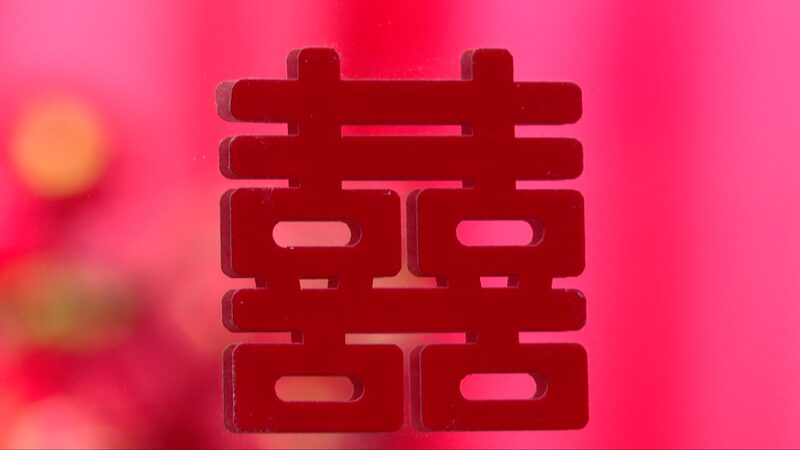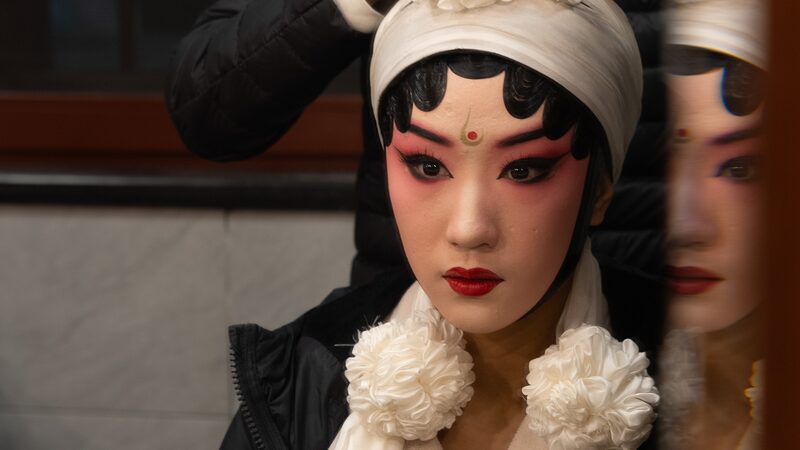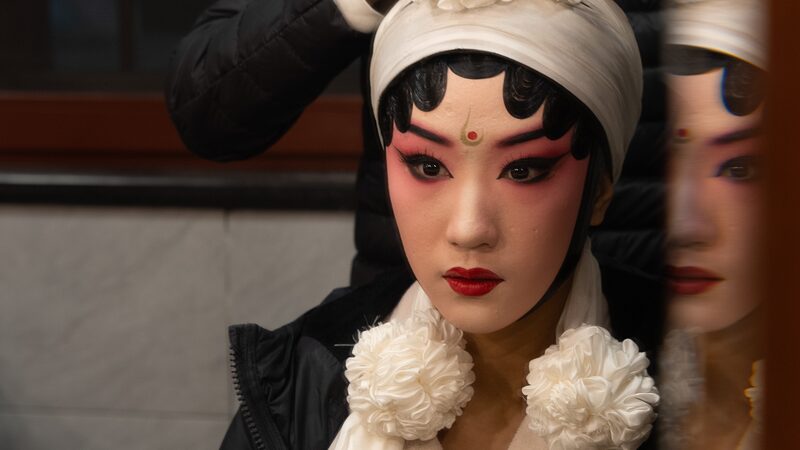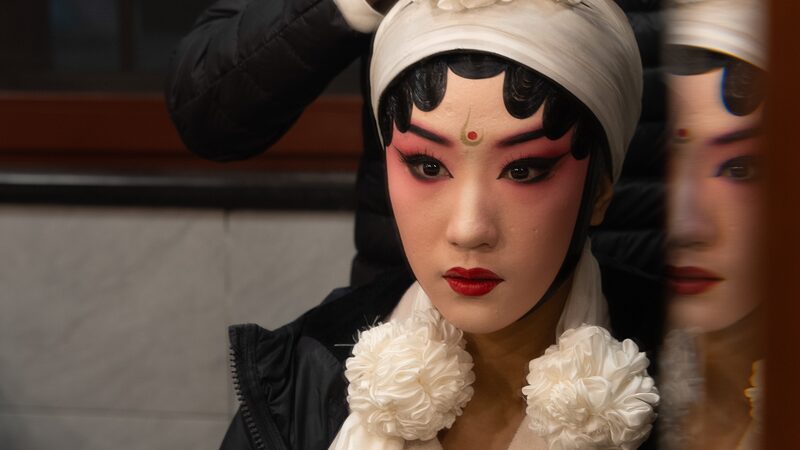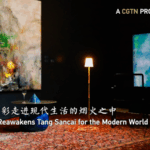The Chinese character “囍” (pronounced “shuāngxǐ”), known as the “Double Happiness” symbol, is a timeless emblem of joy and good fortune in Chinese culture. But how did this iconic symbol come into being?
An Ancient Love Story
The tale begins in the Tang Dynasty with a young scholar journeying to the capital to take the imperial examinations. Along his way, he fell ill and was cared for by a kind herbalist and his daughter. During his recovery, the scholar and the daughter developed a deep affection for each other.
Before he departed, the herbalist’s daughter presented him with half of a couplet: “Green mountains veil red mountains.” She promised to marry him if he could complete the verse. The scholar was puzzled but hoped to find the answer during his travels.
The Imperial Examination
At the examination, the final question posed was coincidentally the matching half of the couplet: “Yellow rivers embrace clear rivers.” Enlightened, the scholar completed the verse perfectly.
With great joy, he returned to the herbalist’s home and recited the complete couplet. Delighted, the herbalist consented to their marriage. To commemorate their double joy—success in the examination and union in marriage—they placed two “喜” (“happiness”) characters side by side, creating “囍”.
A Symbol Through the Ages
Since then, the “Double Happiness” symbol has adorned Chinese weddings and celebrations, representing love, joy, and harmony. It decorates red paper cutouts, lanterns, and gifts, embodying auspicious wishes for newlyweds and symbolizing enduring happiness.
Reference(s):
How did the Chinese symbol of happiness '囍' come into being?
cgtn.com
